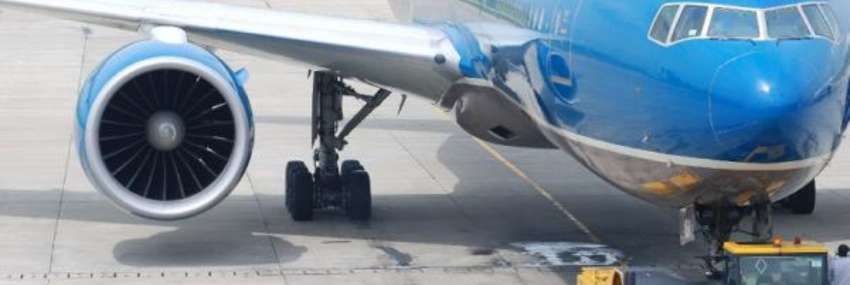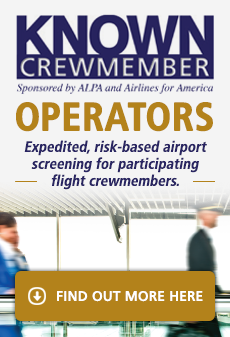
It’s been over a month since Malaysian Airlines Flight 370 disappeared, and those of us in the airline industry are watching the story closely. With many questions still unanswered about what happened to the doomed flight, we look at how this tragedy might change the industry.
1. Passenger Screening
The U.S. has already announced changes to its passport screening process as a direct result of the two passengers who boarded Flight 370 with passports that had been reported as stolen. While most countries, including Malaysia, do not use passenger databases to identify stolen passports, the U.S. will extend its passport screening to include passengers leaving the country so that anyone crossing its borders will be screened to identify stolen passports. Look for other nations to update their screening process.
2. Mandatory Software Updates
Last month the Washington Post reported that a $10 per flight computer upgrade would have streamlined the search for MH 370. Malaysian Airlines currently uses the Aero H SATCOM communication system to comply with international and operational regulations, yet an upgrade to SWIFT would have continued sending flight data to satellites, even after its transponder and Aircraft Communications Addressing and Reporting System (ACARS) stopped working.
3. Improved International Cooperation
The initial search for the missing flight was hindered by poor information resulting from the missing flight’s communication system as well as a lack of information sharing between several governments. China took three days to release images of possible debris, Australia held onto U.S. satellite images for four days, and Thailand waited 10 days to share information it had on the missing flight. MH 370 has cast a spotlight on the need to develop new cross-border protocols for sharing sensitive information in order to save lives, and reduce search operations in the future.
4. Changes to the Black Box Recording System
Since the March 8th disappearance of MH 370, many have questioned the validity of the standards that apply to flight data recorders (FDR), or Black Box. Ideas like live streaming, increasing the Black Box battery life and/or recording capacity, have been discussed and even a system for ejecting the Black Box from a crashed airplane and floating it to the surface has been proposed.
-
Live Streaming Black Box Data
The International Air Transport Association recently announced it will be making recommendations by the end of the year on how commercial aircraft can be tracked continuously. The technology to live stream Black Box data directly to satellites currently exists and could reduce the time, cost, and anguish associated in locating a missing flight in the future.
-
Longer Battery Life
The push to increase the battery life of an FDR’s locator beacons started after the 2009 crash of Air France Flight 447, which required a two year search to locate its Black Box. Now, the idea has re-emerged to increase beacon battery life to at least 90 days.
-
Longer Recording Time
The current U.S. mandate to record the last two-hours of cockpit audio isn’t enough to give investigators an adequate picture of what happens to flights like MH 370, which fly for several hours after disappearing from radar. With advances dramatically improving data gathering and storage, updating this mandate to ensure longer audio and even video recording might be on the horizon.
Challenges of Implementing Changes
Airline carriers made just $4 for every passenger carried in 2012 so any changes that increase costs in this low margin industry will pose significant hurdles unless mandated by governments. Which is plausible given the U.S. alone has already spent millions of dollars searching for the missing flight.
Image: PhotoSpin





